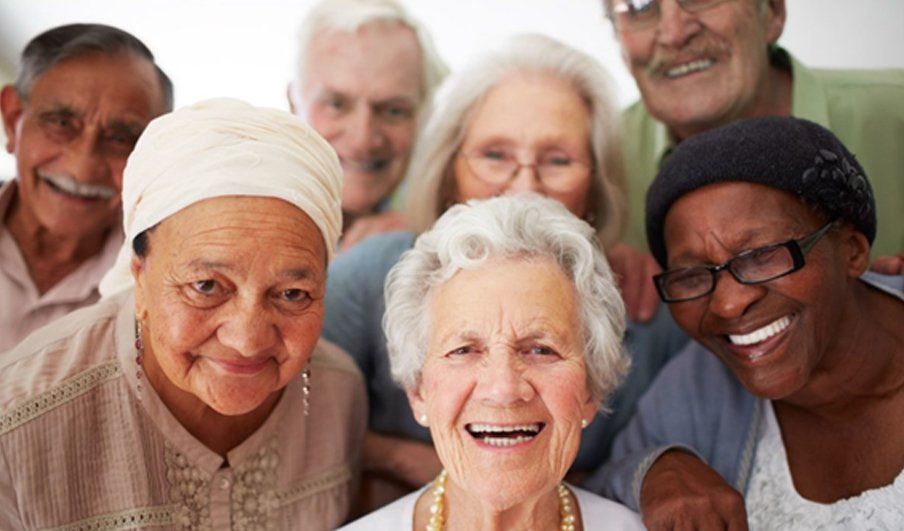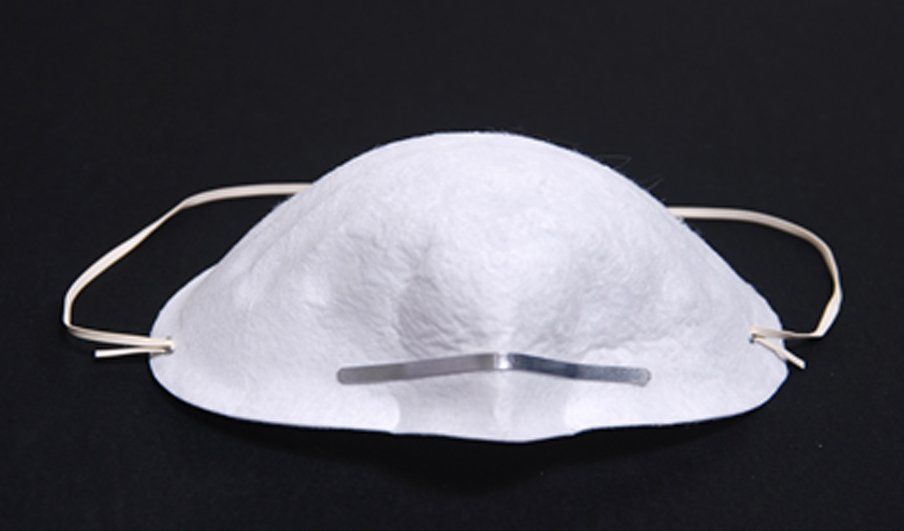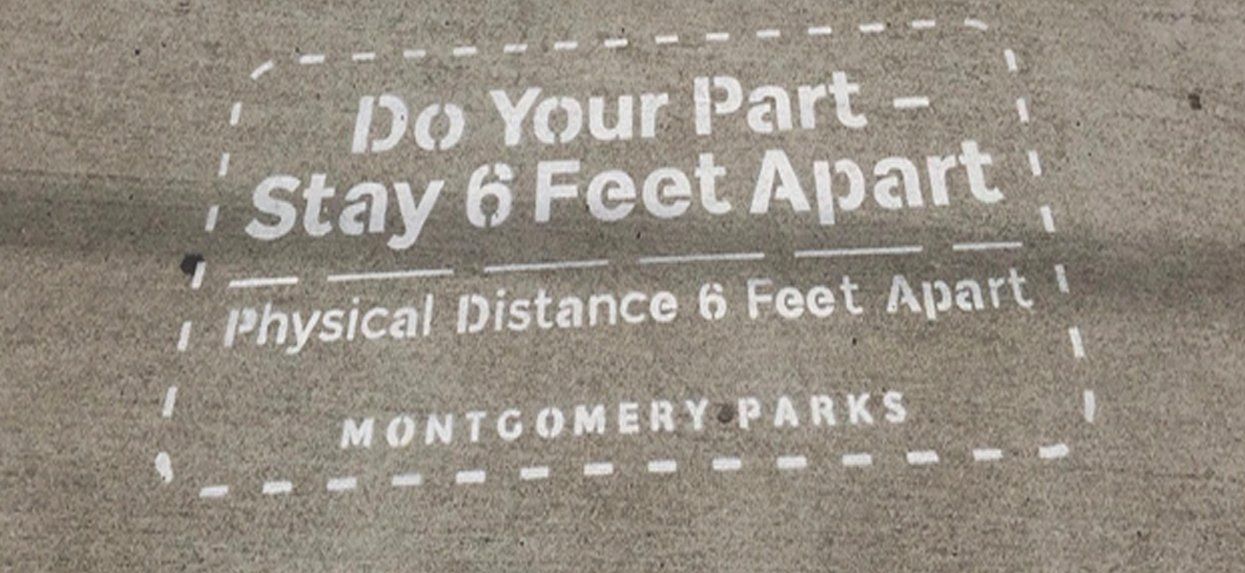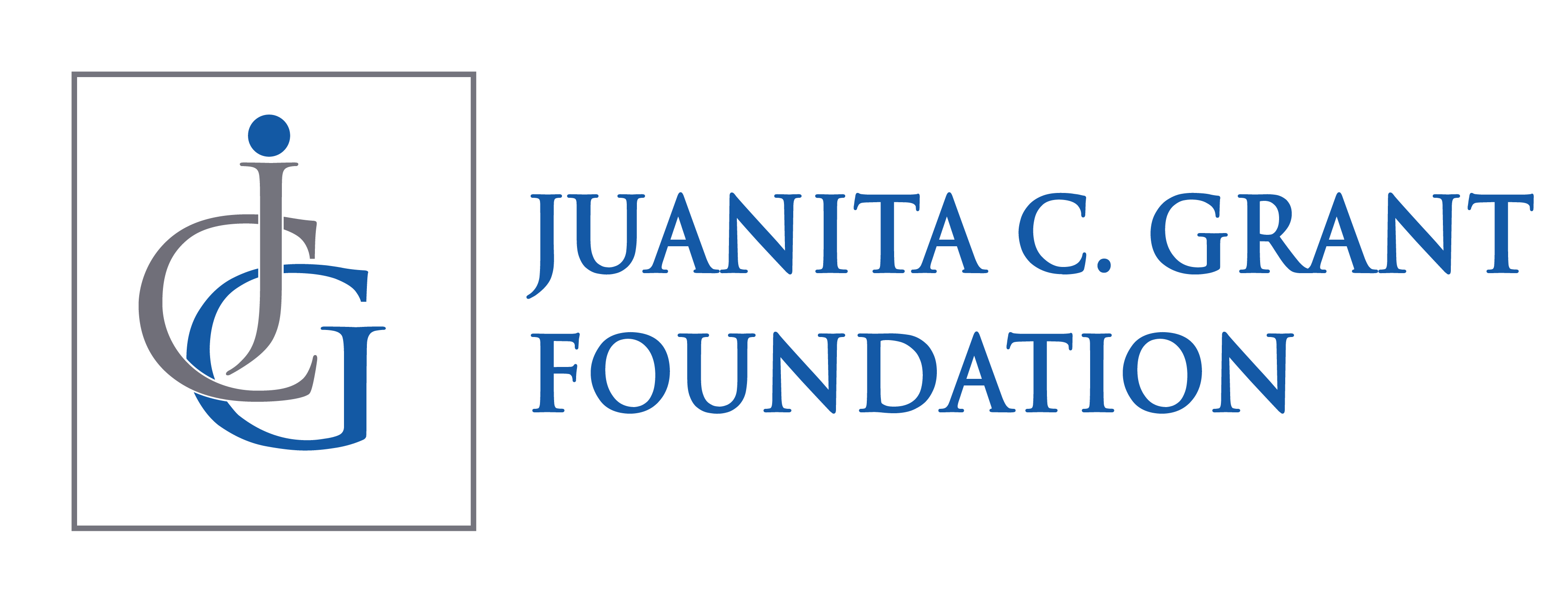Social Determinants Related to Social Isolation and Loneliness
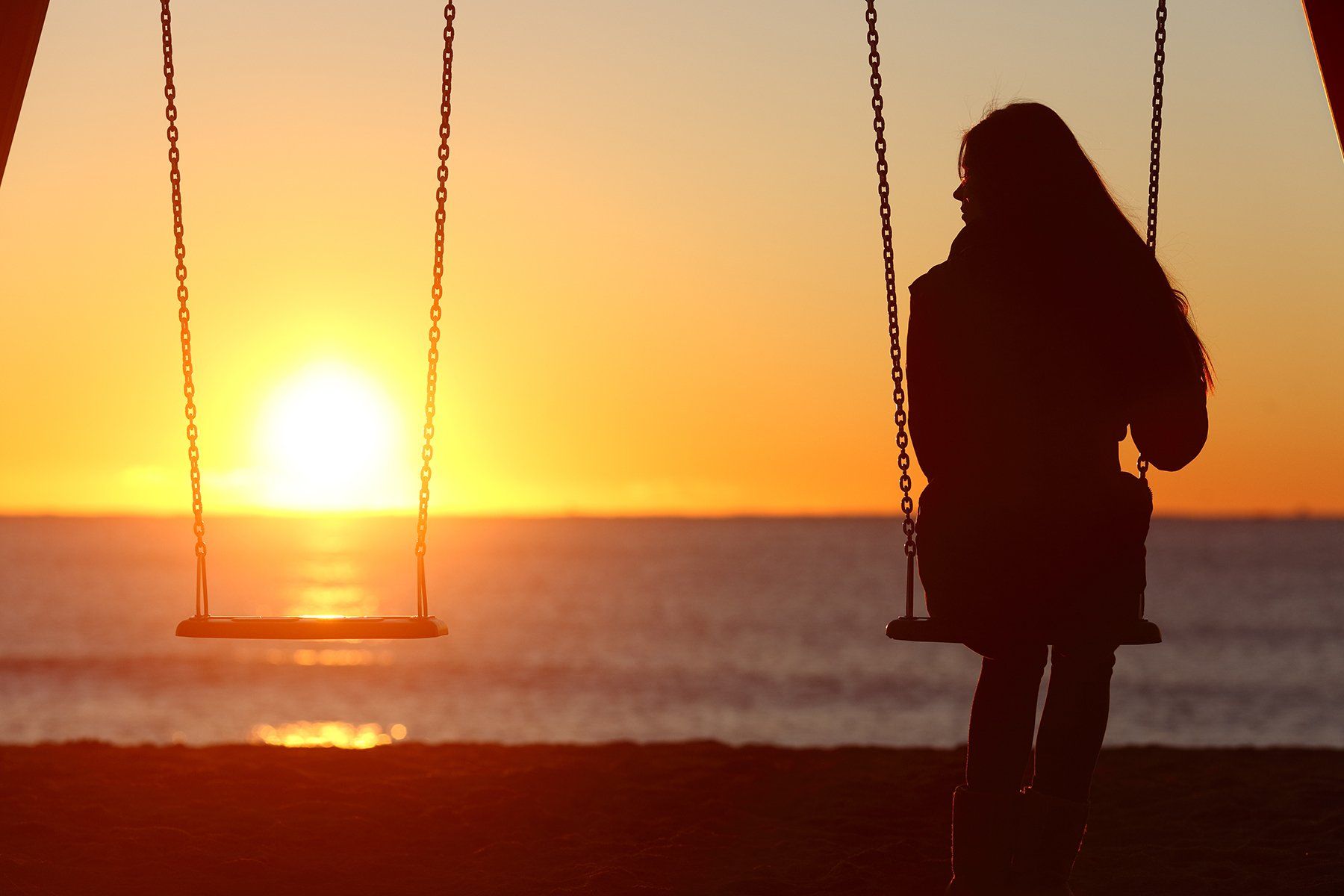
There is growing awareness of the negative health outcomes associated with social isolation and loneliness in the United States and across the globe. Social isolation, defined as having objectively few social relationships and infrequent social contact, differs from loneliness, a subjective feeling of a lack of connection to other people and a desire for more satisfying relationships. Some individuals may experience social isolation without loneliness and others may experience loneliness without social isolation (GILC).
While individuals of all ages and backgrounds can and do suffer from social isolation and/or loneliness, older adults can be affected disproportionately and are much more likely to suffer from health complications and related health care expenses. In fact, a report from the National Academies of Sciences, Engineering, and Medicine (NASEM) found that nearly one-fourth of adults 65 and older are considered to be socially isolated.[1] Researchers have pointed to older adults being more likely to live alone, lose a family member or friend, suffer from a chronic illness or hearing loss as risk factors for social isolation and/or loneliness.[2]
Understanding social determinants of health can be valuable in reducing the harmful effects related to social isolation and loneliness. Increasingly, researchers have looked outside the healthcare sector, such as ensuring equitable access to stable housing and transportation, notably for older adults.
Researchers and experts in senior living have claimed that living alone can contribute to feelings of loneliness. Some older adults have looked to co-live to bolster their social connectedness. Programs like The Villages Network - consumer-driven, grassroots community-based organizations formed with the goal of helping older adults age in place and stay connected to their communities - have been shown to improve population health, reduce isolation, and increase independence.
There is evidence that when transportation is accessible and affordable, it can be used as a means to foster connection. According to the National Council on Aging, 41% of older adults believe transportation in their communities is inaccessible or inadequate.[3] Companies like Uber Health have a role in reducing these barriers to transportation for the older adult population. In 2021,
Uber Health partnered with Papa, a startup tackling loneliness among older adults to mitigate isolation and the
[1]
National Academies of Sciences, Engineering, and Medicine, Social Isolation and Loneliness in Older Adults: Opportunities for the Health Care System (Washington, DC: The National Academies Press, 2020), https://doi.org/10.17226/25663.
[2] Sara J. Czaja, Jerad H. Moxley, and Wendy A. Rogers, “Social Support, Isolation, Loneliness, and Health Among Older Adults in the PRISM Randomized Controlled Trial,” Frontiers in Psychology 12 (2021): 728658, https://doi.org/10.3389/fpsyg.2021.728658; Medical Advisory Secretariat, “Social Isolation in Community-Dwelling Seniors: An Evidence-Based Analysis,” Ontario Health Technology Assessment Series 8, no. 5 (2008): 1–49; Toby O. Smith et al., “Association between Musculoskeletal Pain with Social Isolation and Loneliness: Analysis of the English Longitudinal Study of Ageing,” British Journal of Pain 13, no. 2 (May 2019): 82–90, https://doi.org/10.1177/2049463718802868.
[3] Claire Samuels, “Understanding the Shocking Facts About Senior Isolation,” January 31, 2022, https://www.aplaceformom.com/caregiver-resources/articles/senior-isolation-facts.
negative health outcomes.[4] Through coordination between Uber Health and Papa, older adults are able to get to medical appointments, errands, and community events, as well as gain social interaction and companionship.
Must Read Newsletter
Sign up for news and events
Newsletter
Most Popular


